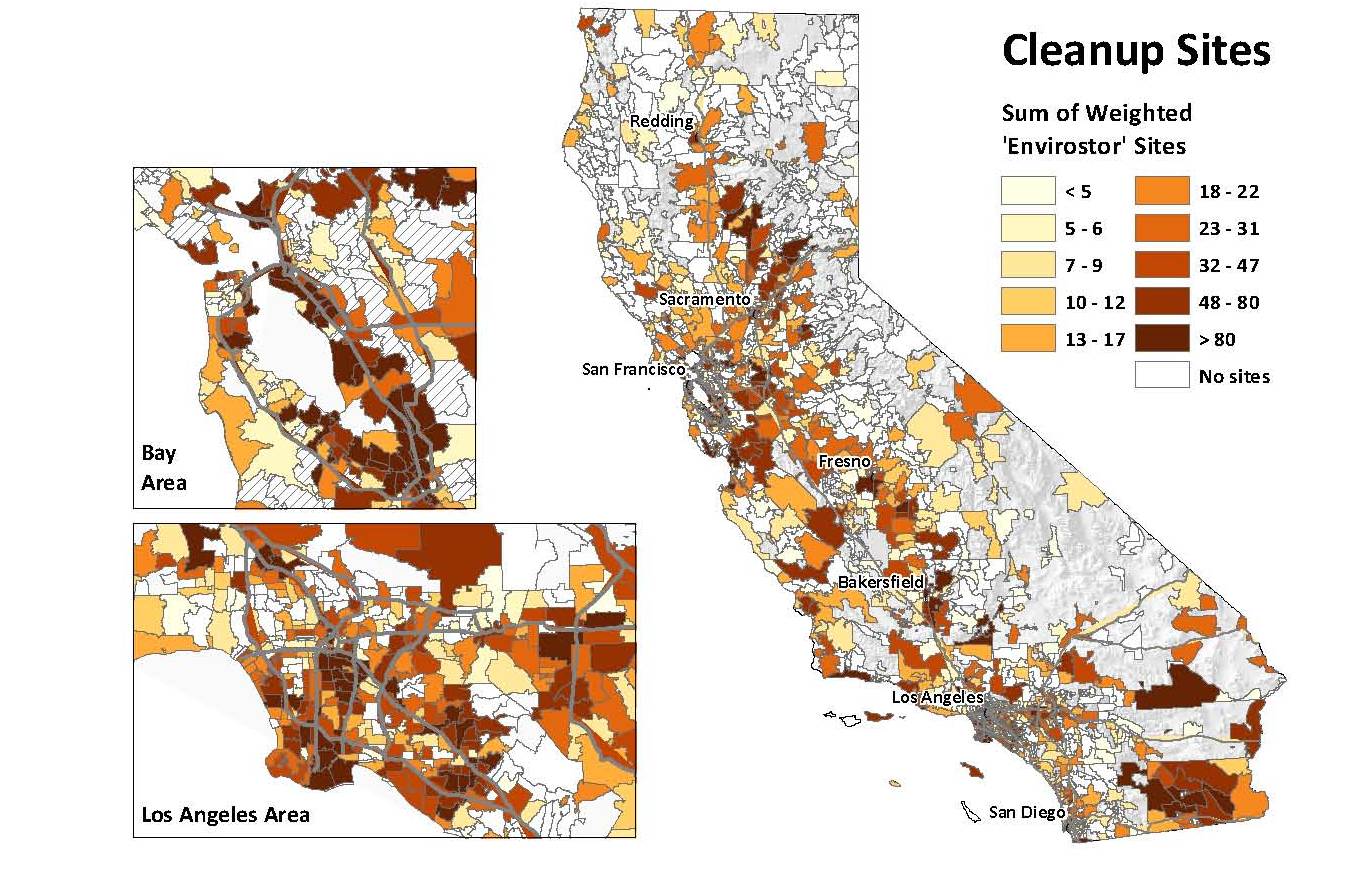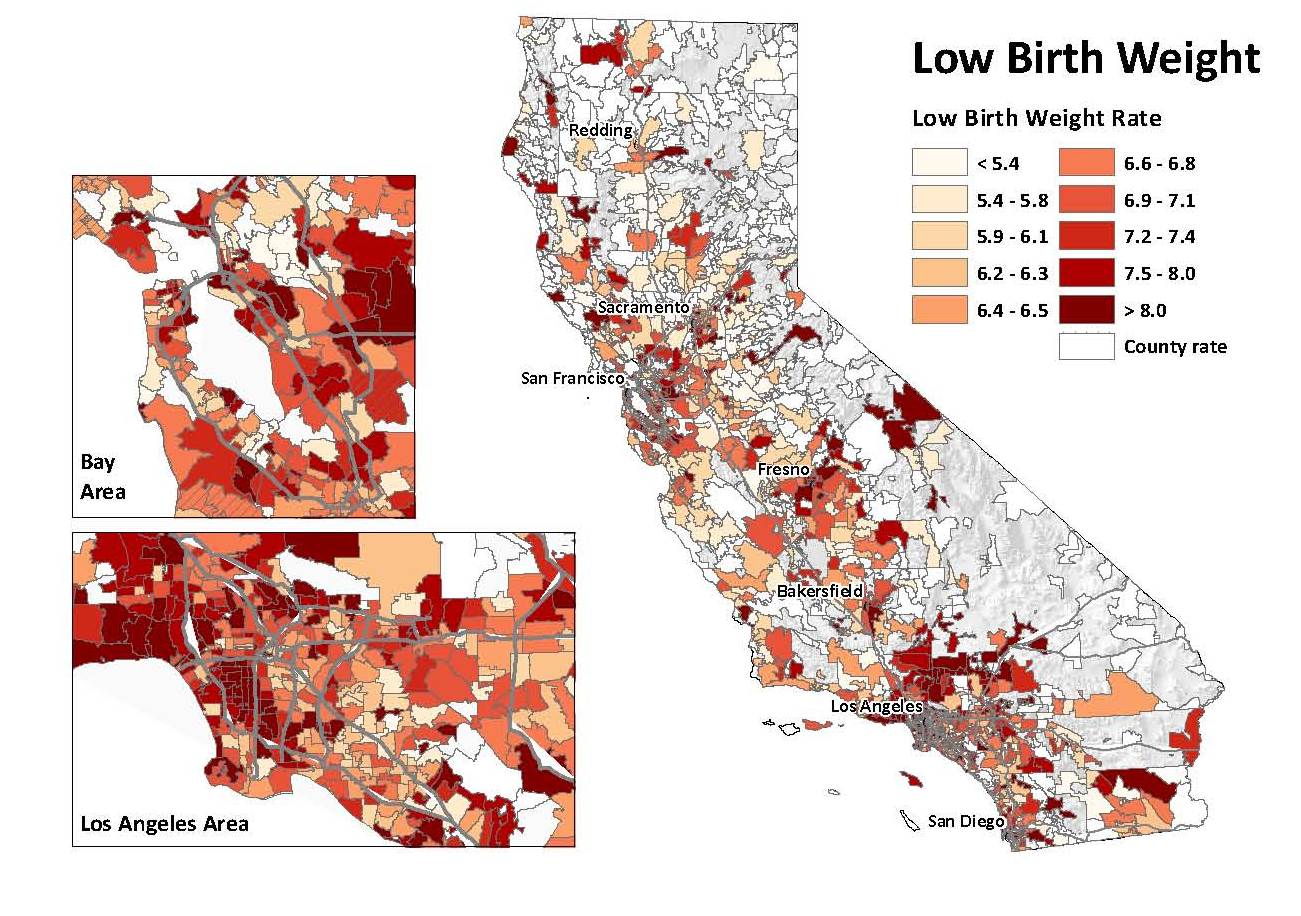
Soon there will be a new and very comprehensive tool to assess communities, developments and industrial projects in the State of California. The name of this tool is the CalEnviroScreen (CES) and it is a compendium of socioeconomic, health, and environmental resources that is publicly available for the first time in one location. One controversial use of the CES is to judge a project’s potential harm or assistance it will provide to an already stressed community. While the CES provides critical information, if not used properly, it can easily impede new development to communities in need.
Currently CalEPA is conducting a road trip around California to obtain community input to see if any changes are needed prior to final implementation. I received a draft of the report and attended the meeting in Wilmington. The draft version contains a host of indicators to measure such factors as cancer, poverty, asthma, educational attainment, contaminated properties, and waste facilities to name just a few. Each indicator is scored and communities are graded on their healthfulness.
For instance, the meeting in Wilmington was attended by many in the community who complained about refineries, the ports, chemical plants, trucks and other local industry. Wilmington is also ground zero for many severe health problems. Maps that were generated by the CES program showed that Wilmington is one of the worst locations in California for a majority of the critical indicators
The CES is a tool the Environmental Justice Community can use to protect their communities from the negative effects of industrial and other real estate development. For years, these community leaders have fought the development and expansion of potentially harmful projects with very limited resources. Now with the CES at their fingertips they will be able prove what, in the past, was difficult to substantiate. If a project needs to go through an environmental review process under CEQA, developers will need to address the concerns raised in the CES. Many large businesses have already instituted policies to do so. For instance both the Port of Los Angeles and LAX have placed environmental staff in high, decision-making levels to implement environmental policy. More companies will be doing the same.
Developers and businesses seeking special permits or who fall under CEQA guidelines will need to be conversant in issues affecting Environmental Justice. Job creation will no longer be enough to sway public opinion. Communities are already willing to accept the closing of industry if that would improve local health conditions. New projects will, at minimum, need to be neutral in the area of contributing factors. But the new benchmark will likely be an improvement in at least some indices to obtain local support. The CES will begin an entirely new dialogue in the approval of major projects.
For many developers who are able to show their project will have a positive effect on the community, they will likely obtain an easier approval. This additional requirement may spawn a new expertise in the entitlement or legal professions. However, many other businesses will find this additional layer in the development process just one more reason to expand or relocate outside of California and that is the exact thing many of the supporters of the CES fear. The promoters of the CES want the availability of this data to help steer need resources to affected communities and not be used to scare off development.
While there are varying purposes for this health and environmental data, the CES identifies real health problems that will not going away. This is only the beginning stage of a new approach to environmental review. Now that the CalEnviroScreen will be widely available, the larger question is how it will be used to improve California.
Link to Draft Report: http://oehha.ca.gov/ej/pdf/DraftCalEnviroScreen073012.pdf

